

Ben Zachariah
2026 Toyota HiLux review: Quick drive
3 Days Ago

Contributor
Plug-in hybrids (PHEVs) are in Kia Australia’s spotlight to reduce its fleet emissions and avoid penalties under the upcoming New Vehicle Efficiency Standard (NVES).
With the emissions reduction regulations coming into play from 2025, carmakers in Australia are looking at ways to reduce CO2 outputs across their fleets – either by introducing more efficient engines or selling more electric vehicles (EVs), or both.
While an ever-increasing focus has been put on EVs, Damien Meredith – Kia Australia’s CEO – believes PHEVs will be a crucial component to cut CO2 emissions, providing the brand can receive ample supply.
“Over the next three to five years, they [PHEVs] will play a very important role,” Mr Meredith said.

“We’ll try [to get more stock]. Nothing’s off the table. We’ve got to work with a mix of cars now that we still want to remain profitable and sell all Australians.
“We have done a lot of hard work in regards to what we can sell and can’t sell, Roland [Rivero, product planning general manager] and his team are scouring the world to make sure that everything is possible.
“Nothing’s on the chopping block, we’ve got to look at the full gambit about what’s available globally, and then work out a way to make sure we’re selling enough EVs and PHEVs to sell ICE [petrol and diesel] cars.”
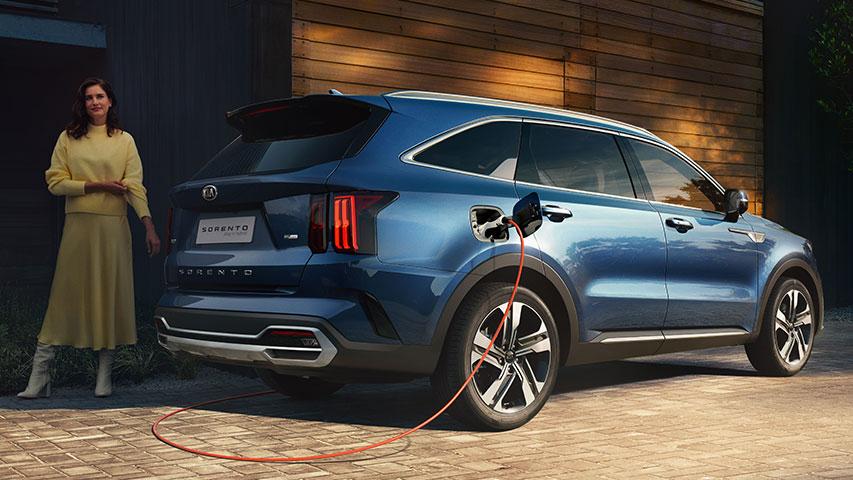
So far, Kia’s Australian PHEV line-up has been limited to the Sorento and Niro.
The Kia Niro PHEV was axed with the arrival of the second-generation model in 2022, while the Sorento PHEV’s supply has been limited to about 10 examples per month.
Kia Australia’s general manager of marking, Dean Norbiato, admits the limited supply of PHEVs and lack of education of buyers about the drivetrain are factors holding back its growth, though this could change when the NVES comes around.
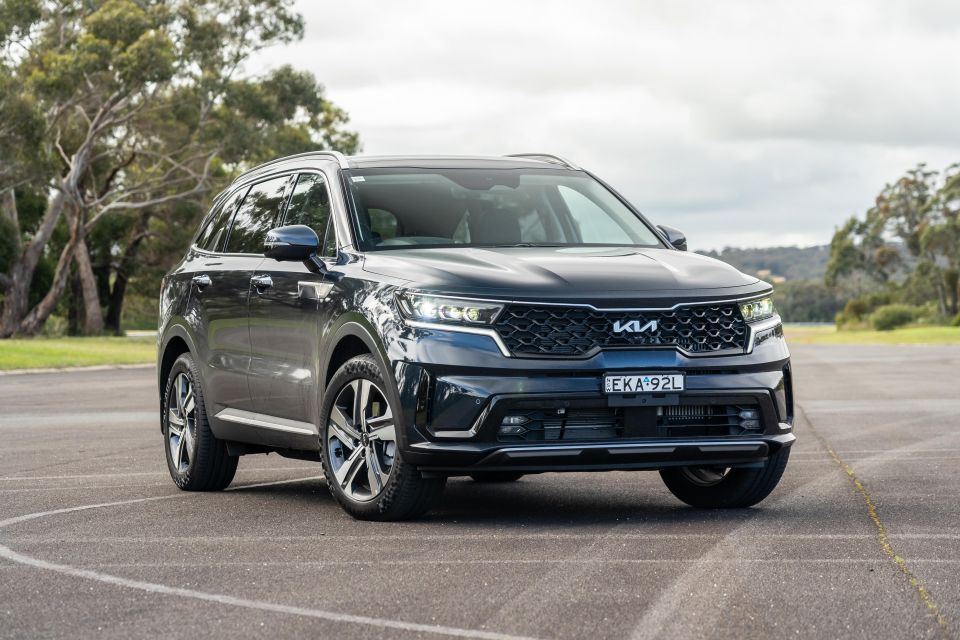
“We’ve clearly had volume constraints on plug-in hybrids. And we haven’t afforded the necessary education to market around the technology, though the industry hasn’t done a particularly good job of that,” Mr Norbiato said.
“It’s always been the poor cousin to the traditional hybrid, but with NVES coming, there may be a renewed focus [on PHEVS].”
Of the 1.2 million new vehicles sold in Australia last year, just 11,212 were PHEVs.
By contrast, hybrids notched up 98,439 sales (largely driven by market leader Toyota) while 87,217 EVs were sold. Petrol and diesel vehicles still dominate though, with 588,622 and 379,512 sales, respectively.
MORE: Everything Kia MORE: Australian Government announces watered-down emissions regulations MORE: Here’s what’s in Australia’s new vehicle emissions regulation bill MORE: What Australia’s biggest car brands have to say about revised emissions standards
Where expert car reviews meet expert car buying – CarExpert gives you trusted advice, personalised service and real savings on your next new car.
Born and raised in Canberra, Jordan has worked as a full-time automotive journalist since 2021, being one of the most-published automotive news writers in Australia before joining CarExpert in 2024.


Ben Zachariah
3 Days Ago
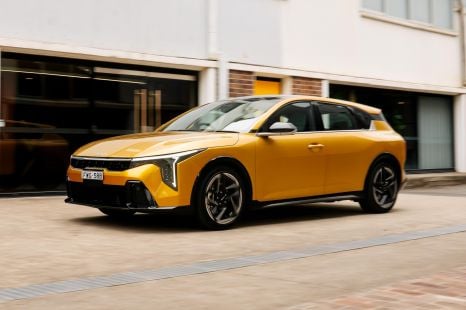

James Wong
3 Days Ago
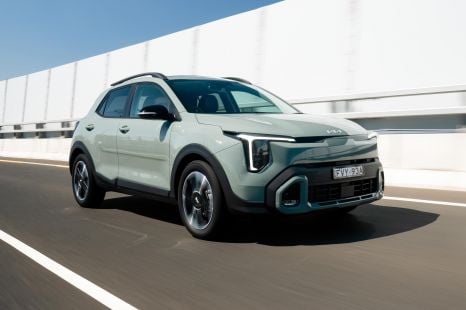

James Wong
3 Days Ago
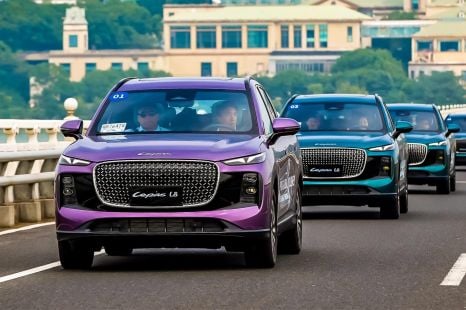

Andrew Maclean
2 Days Ago
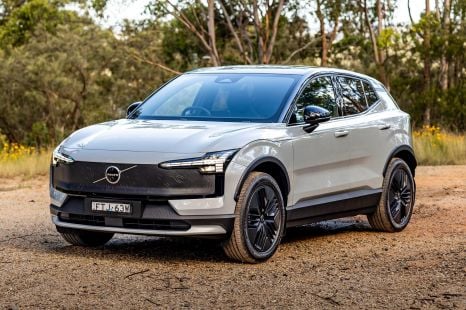

Matt Campbell
1 Day Ago
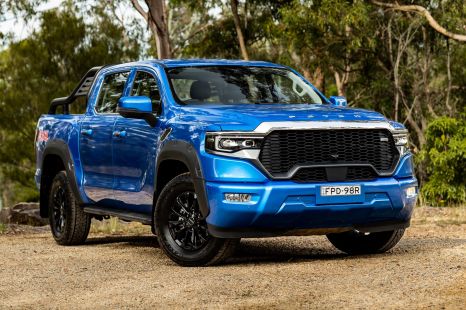

Matt Campbell
5 Hours Ago